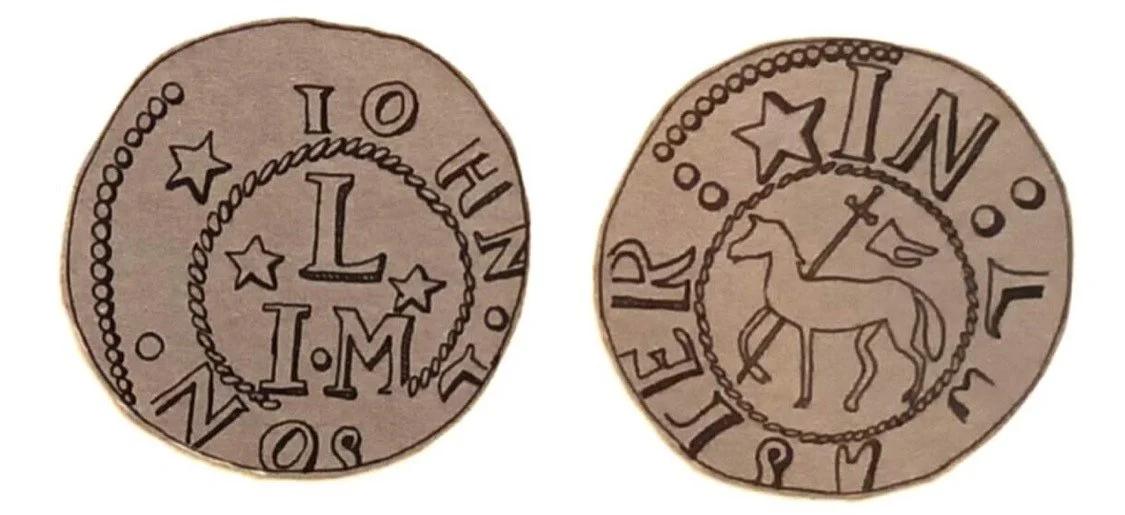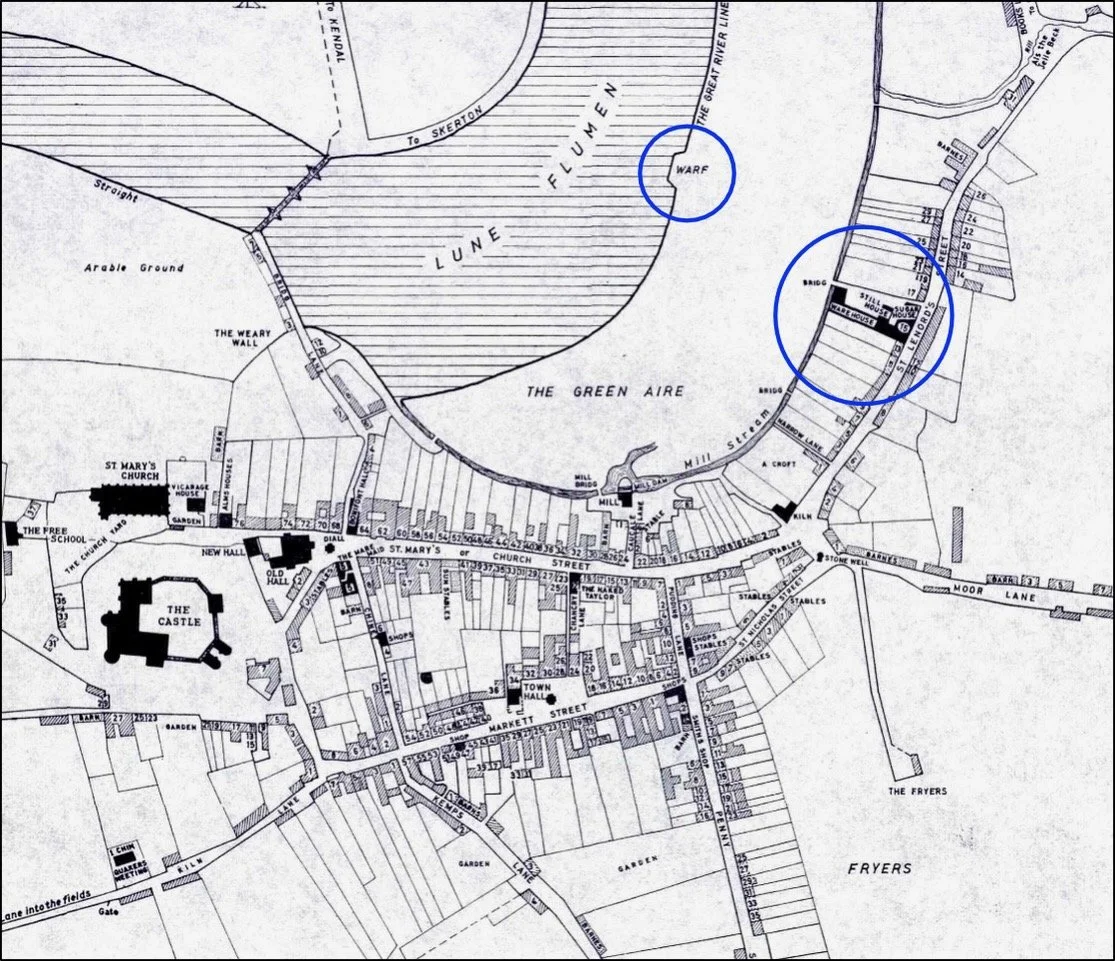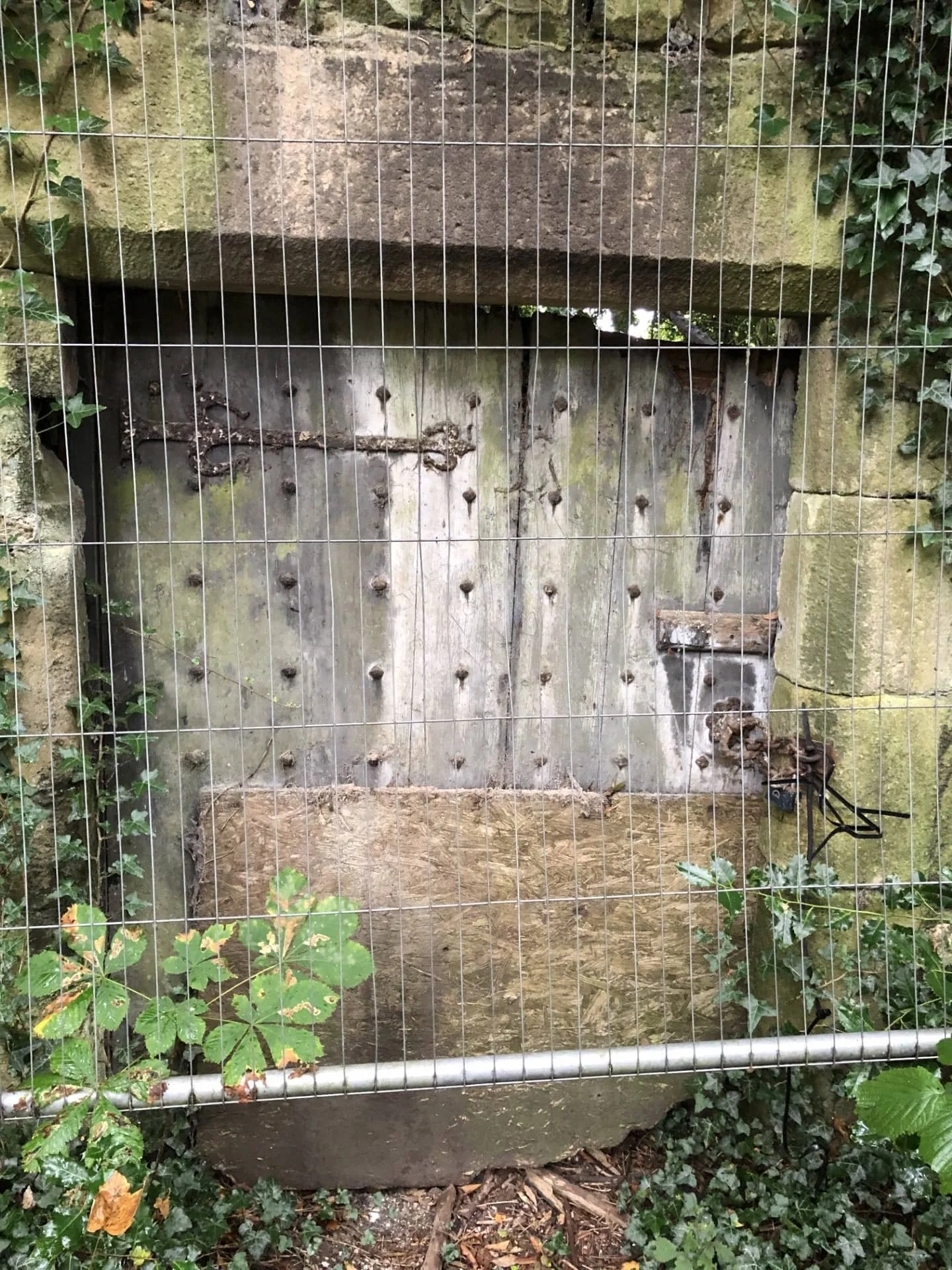The Lawson Family of Sunderland Point
Tracing the Roots of a Quaker Legacy
Part Two: But how and why did the Lawsons become Quakers?
Imagine if you can, a Sunday afternoon in Lancaster in the year 1652—yes, 371 years ago as I write this. You are a worshipper attending a service at St Mary’s Church, led by William Marshall, a Calvinistic minister. The service proceeds as expected, when suddenly, the doors burst open, and a man strides in, boldly and loudly challenging the minister and congregation. He denounces their beliefs and teachings, declaring them all to be lies.
Naturally, the congregation and the minister are shocked by this sudden and confrontational interruption. That man is George Fox, founder of the Quaker movement. Unfazed by the commotion, Fox feels compelled to deliver a message—what he believes to be the Truth about the Church’s teachings.
For a brief moment, the congregation listens. But as Fox continues, tensions rise. His bluntness is seen as disrespectful, and the atmosphere quickly turns hostile. The service is abandoned in chaos, and Fox is forcibly ejected from the church. Many in the congregation follow him out, tempers flaring.
As he flees down St. Leonardgate, stones are hurled in his direction. Seeking refuge, Fox dashes into a nearby house or shop. Whether he knew the occupant is unclear. What we do know is that the building belonged to John Lawson, a local shopkeeper. There, Fox appears to have found safety from the angry mob.
It is possible John had been present when,earlier that day, Fox had been preaching in the open air to a large crowd of Lancastrians. Perhaps Fox sensed he had a sympathiser - was that why he sought refuge there? What we do know is that by the end of that dramatic day, John Lawson was deeply moved by Fox’s words, and he was converted by the compelling message of the man who had so boldly disrupted the service at St Mary’s.
A representation of George Fox preaching: BBC website
Little is known about John Lawson’s family life, but the path he was about to follow would undoubtedly have caused concern for his wife and children. From the inscription on his gravestone, now standing in the Lancaster Meeting House, we learn that John was likely born in 1616.
Further research reveals that he married Margrett Edmondson on November 1st, 1643, at St Mary’s Church. Based on the date on his gravestone, he would have been 28 years old at this time. He was a grocer and mercer (trader in textiles) at this point.
While researching, I came across a fascinating detail: these are tokens issued by John Lawson, used as a substitute for money and valued at a farthing. I was thrilled to see explicit confirmation of John’s wife’s name. The token features an “L” for Lawson, an “I” (which, in Secretary Hand, is also a “J”) representing John, and an “M” for Margrett, née Edmondson—though the spelling of her name varies across records.
Courtesy Lancaster city Museums
In the years that followed, their family grew. Their first child, John, was born in 1643, followed by Elisa in 1645, Anne in 1647/8, Alice in 1650, Robert (‘of Lancaster’) in 1652, Deborah in 1655, and Rebecca in 1656. The first five children were all christened at St Mary’s Church. Additional children—Joshua (father of ‘our Robert’), a daughter named Sarah, and another daughter also named Rebecca—are harder to trace. They don’t appear in either the church registers or the Lancaster Meeting House records.
John’s change of faith is reflected in the fact that his children, whilst initially being baptised in St Mary’s Church, are then found in the Quaker records. In the years that followed, I cannot help but wonder how John managed to keep his business running as he spent so much time travelling around the country preaching the Quaker beliefs that George Fox had instilled in his mind.
Almost immediately, John travelled to the Fylde, where they named him the first to bring glad tidings. Later, we find he made visits to Knowsley, Bickersteth, and Sawley. In 1652, John was set in the stocks at Malpas in Cheshire for 4 hours and then spent 23 weeks in the County gaol. In 1653, he travelled with another Quaker, Richard Hubberthorne, to Wales and Cheshire, spreading the message. In 1654, he went to the “steeple house” (St Mary’s Church?) at Lancaster, probably in much the same way as George Fox had in 1652 and was brought before the Assizes and fined £20—a great deal of money in those days. His poor wife Margritt or Margrett must have been worried out of her mind. The £20 he was fined, he did not pay, so he was then imprisoned for a further year.
John’s importance to the Quakers is underlined by this extract from the book “Early Lancaster Friends” (edited by Michael Mullett), which states: “John Lawson of Leonardgate, though later a renegade was an important early Friend.”
The period when he dedicated a large part of his life to travelling and passing on the Quaker beliefs must have exhausted John. Surely, his wife will have had quite enough, bringing up her children on her own, 5 of them still living. He still had a large business to run and financial responsibilities.
It later appears he refocused his ambitions. In 1679, John was granted permission to build a bridge across a stream in his garden, and the following year, he was permitted to construct a wharf 20 yards long upstream of the Lancaster Bridge. This provided him with a landing stage for the raw sugar from his ships to be directly processed in the Sugarhouse he had recently purchased from Lancaster merchant John Hodgson. The Freemen of the town are to have the use of it on payment of 4d per ton.
John Lawson occupied three separate properties in St. Leonardgate. Number 9 Pudding Lane (left side), and on St Leonards Street, he owned number 15, which was the sugar house, including a still and warehouse, and number 17.
The location of the wharf, bridge, and Sugarhouse of John Lawson: Docton’s Map of Lancaster in 1684: Courtesy the Historic Society of Lancashire and Cheshire.
Time catches up with us all, and John decided it was time to put his affairs in order. He says he was ‘infirm in body but of perfect memory’ and made his will on the 6th day of August 1689, only weeks before his death in September 1689.
His tombstone reads: Here lies the body of John Lawson of Lancaster, who departed this life on the 18th day of September in the 74th year of his age, anno domini 1689.
The relatively large tombstone was brought from the Moorside Golgotha Burial Ground in the 1950s and placed in the Lancaster Meeting House for safety.
The door to the cemetery: Photo Elizabeth Hampson
This photograph is of the Moorside Burial Ground, Golgotha, in Lancaster. A desolate place indeed. Heartbreaking, so many of Lancaster’s early traders and the people who built the Lancaster we see today are buried here.
After his death, his son, Robert of Lancaster, appears to have assumed the legal responsibilities outlined in his father’s will. It’s hard to read, and I'm sure I'm missing much of interest. However, what I have managed to find are two inventories. One of the contents of the house, room by room, is poignantly one of the rooms, called “Joshua’s room”. The other inventory is of the shop and its contents.
The inventories, taken on 27th October 1689, amounted to a total value of £872.10s.6d. Included were eight young boars at a value of £12, 5 cowes £10, 6 acres of beans, nine horses mares £26, 120 sheep valued at £22, an Oxen valued at £40, 5 pairs of wheels at Hill Barne, oats and barley, beans in the warehouse, wheat, two lime kilns, timber boards and other woods to the value of £40, ladders, a salting tub, a still, five chairs and tables, 13 pans and a kettle, saddle, two dozen plates, 23 pieces of pewter, chamber potts and candlesticks, a warming pan, bedding, and a Bible.
Also included is a wonderful confirmation of his children’s names, and, of course, his wife’s name. Their children, as I expected, were Robert, Joshua, Sarah, Rebecca and another daughter, Alice. Sarah was married to James Myers, a ship's Captain, and Rebecca appears to be unmarried (up to 1701). Alice had married John Potter of Kendal.
John Lawson signed his will, but Margrett made only her mark as executrix. John requested a burial at the east end of the burial ground close to his son John, who had died twenty-two years earlier in 1667.
Margrett died in 1691, but there does not appear to be an entry for her burial in either parish records or Quaker records.
Finally, you may have heard the term “Valiant 60”. According to Elfrida Vipont in her book “George Fox and the Valiant 60”, the term was coined by John Handley for the first missionaries—the courageous men and women of the north country who were convinced by George Fox and thereafter took the message of Quakerism out into the world.
So, whilst John Lawson may not have known it, he later became-
”John Lawson of the Valiant 60”.
If anyone would like a digital copy of the whole story “From Church to Meeting House” of the Quaker Lawson family, I will provide copies free of charge if you email me at beth.hampson@hotmail.co.uk
Just a reminder: if you would like a copy of any of my books, they are available at a modest cost by contacting Lynne Levey at lynne.levey@icloud.com (or as digital copies from me for £5).
Lynne also has copies of Hugh Cunliffe’s History of Sunderland Point.



